Regional summits to boost relations
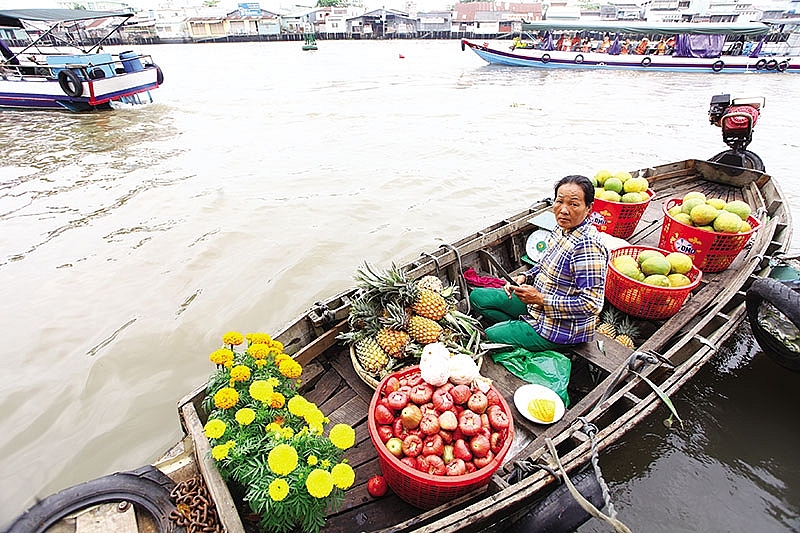 |
| Vietnam’s deeper economic intergation in the region has helped it further improve its infrastructure and the life of its people, Photo: Le Toan |
The sixth Greater Mekong Subregion Summit (GMS-6) and the 10th Cambodia-Laos-Vietnam Development Triangle Summit (CLV-10) – to take place in Hanoi from March 29-31 – are to be attended by about 2,000 delegates and 150 local and foreign journalists. The events will highlight the close relationship between Vietnam and its neighbouring countries, while forging links between regional and global firms.
“In particular, leaders of more than 200 foreign groups, including many from China, will be participating in the events,” Deputy Minister of Foreign Affairs Dang Dinh Quy told VIR. “They will meet with one another to find investment and business opportunities, and may ink co-operation deals. They will also be able to have direct dialogues with top leaders of GMS nations to voice their investment and business plans, as well as their concerns.”
The six GMS countries are Cambodia, China (specifically Yunnan province and the Guangxi Zhuang Autonomous Region), Laos, Myanmar, Thailand, and Vietnam.
According to the Ministry of Foreign Affairs, under the theme of “Leveraging 25 Years of Co-operation, Building an Integrated, Sustainable and Prosperous GMS,” GMS-6 aims to celebrate the 25th founding anniversary of the GMS programme, and define co-operation orientations for building a region of prosperity, integration, and sustainable development.
Notably, it is expected that GMS-6 will officially adopt a five-year action plan framework that includes $64 billion in projects to help the subregion achieve inclusive growth and sustainable development.
The framework – known as the GMS Regional Investment Framework 2018-2022 (RIF 2022) and endorsed last September in Hanoi – includes 222 investment and technical assistance projects. These are focused on a large number of sectors, such as transport, environment, tourism, foodstuff safety and hygiene, energy, trade, and agriculture.
The projects will be implemented across borders and/or within member countries and have a co-ordination office for each. They are expected to yield great benefits for Vietnam.
The $64 billion fund comes from the Asian Development Bank (ADB), the six GMS countries, and other stakeholders, including private investors.
RIF 2022 will be utilised for supporting the Hanoi Action Plan (HAP) 2018-2022, which will also be officially adopted by GMS country leaders at GMS-6.
HAP calls for an expansion of economic corridors to boost connectivity between countries, as well as within rural and urban centres, to ensure a more equitable distribution of the benefits of economic growth.
GMS was established in 1992 as an initiative of ADB. Its priority fields cover infrastructure development, energy, telecommunications, tourism, trade-investment, human resources, and the environment.
Meanwhile, CLV-10 aims to review the implementation of the Master Plan for Socio-Economic Development of the CLV Development Triangle Area for 2010-2020. Participants will discuss new co-operation orientations for the near future, with a focus on measures to increase trilateral economic connectivity.
The CLV Development Triangle Area was founded in 1999, with its key co-operation sectors being security, external affairs, transport, industry, agriculture, trade, investment, and environmental protection.
What the stars mean:
★ Poor ★ ★ Promising ★★★ Good ★★★★ Very good ★★★★★ Exceptional
Related Contents
Latest News
More News
- Malaysia approves national ESG strategic plan (December 19, 2024 | 16:37)
- E-visas available at all Thai embassies, consulates from January 1, 2025 (December 19, 2024 | 16:18)
- More than $2 billion boost to growth as UK joins CPTPP (December 16, 2024 | 17:25)
- Malaysia launches national AI office for policy, regulation (December 13, 2024 | 10:13)
- ADB approves 500 million USD loan for Philippines’s public financial management reform (December 13, 2024 | 10:00)
- Five tech predictions for 2025 and beyond (December 11, 2024 | 15:52)
- Singapore cracks down on illegal lending operations (November 26, 2024 | 09:25)
- Cambodian King to pay state visit to Vietnam (November 26, 2024 | 09:13)
- Trump claims 'magnificent' victory over Harris (November 06, 2024 | 16:55)
- Trump at 266 electoral votes, Harris at 195: US media (November 06, 2024 | 14:30)



 Tag:
Tag: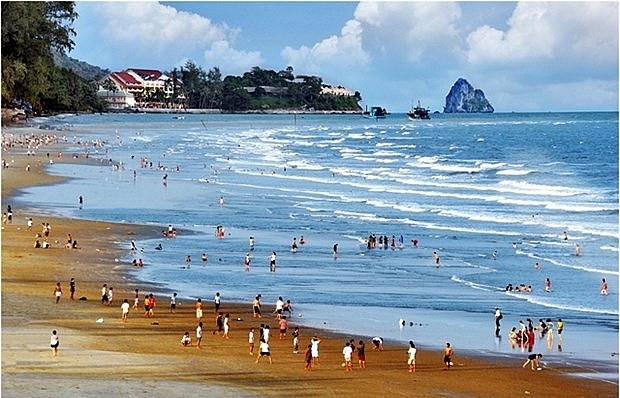
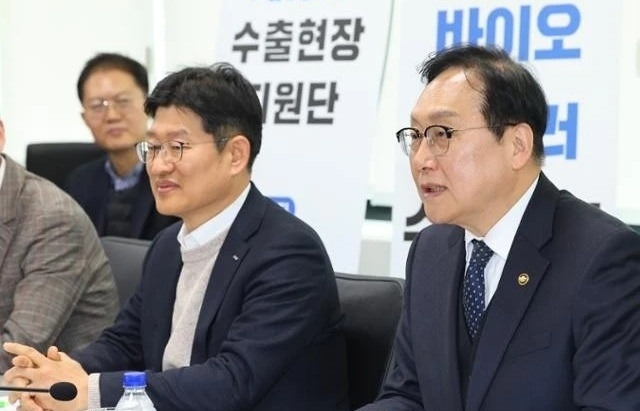

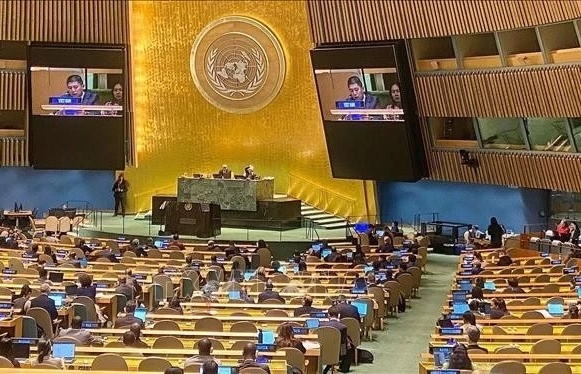
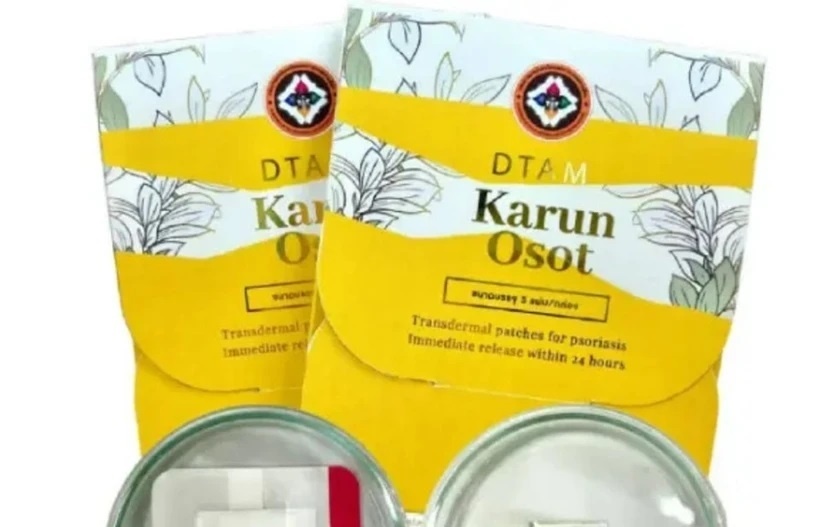
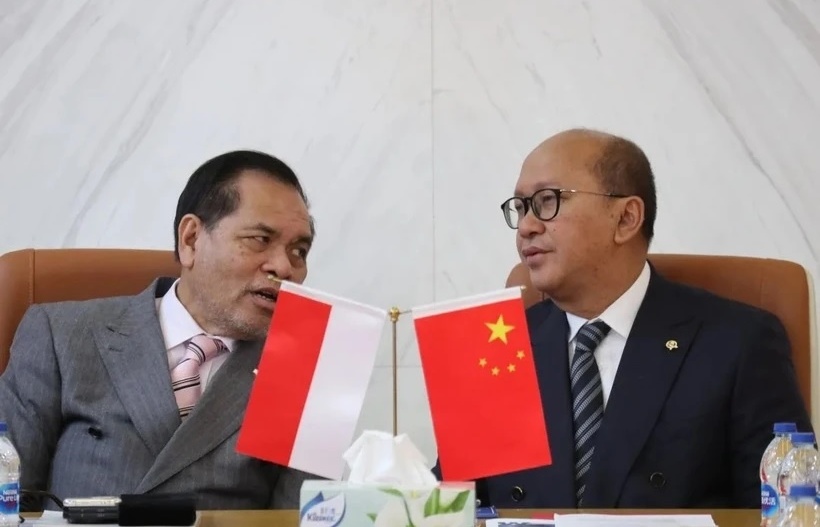
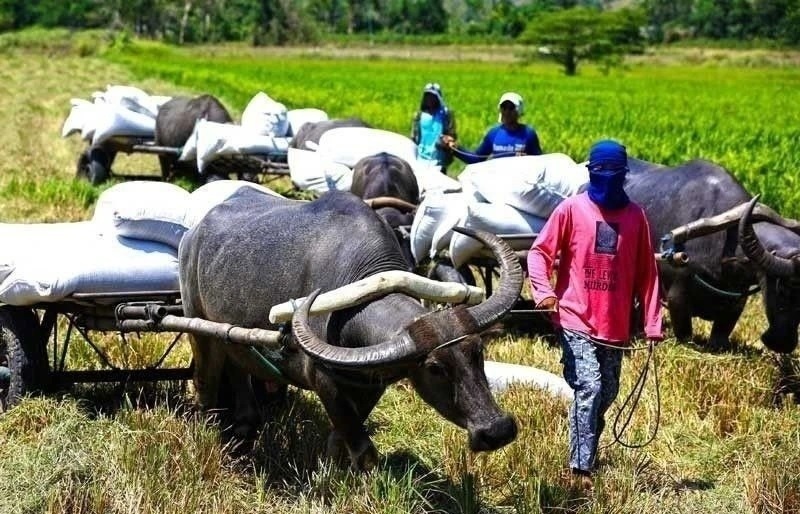


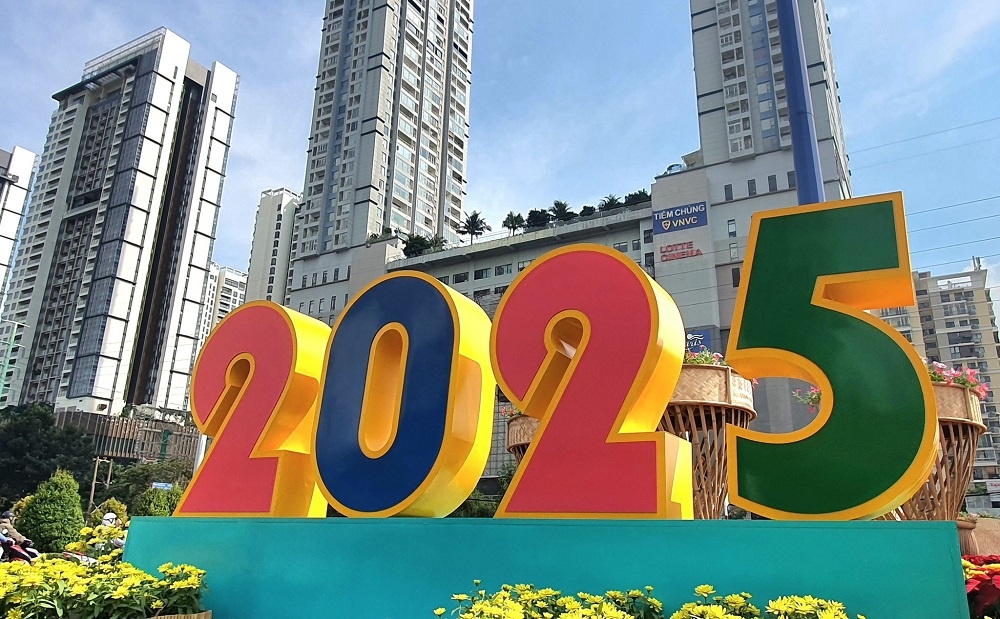
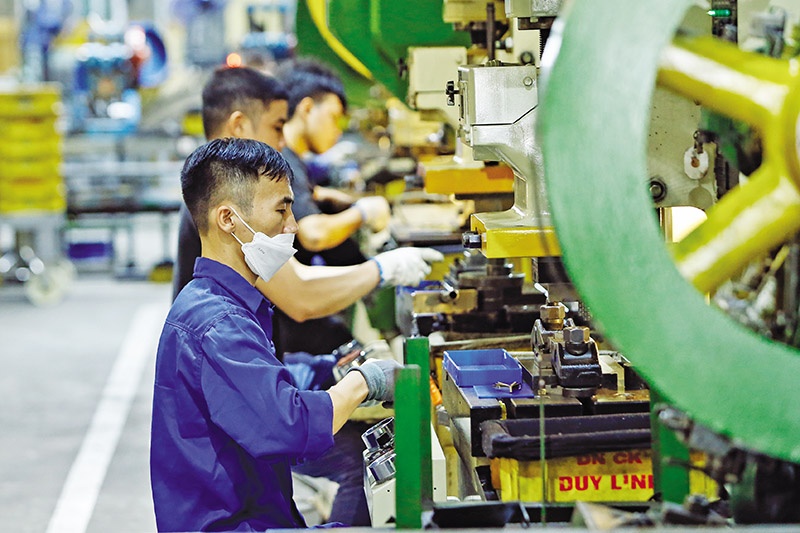

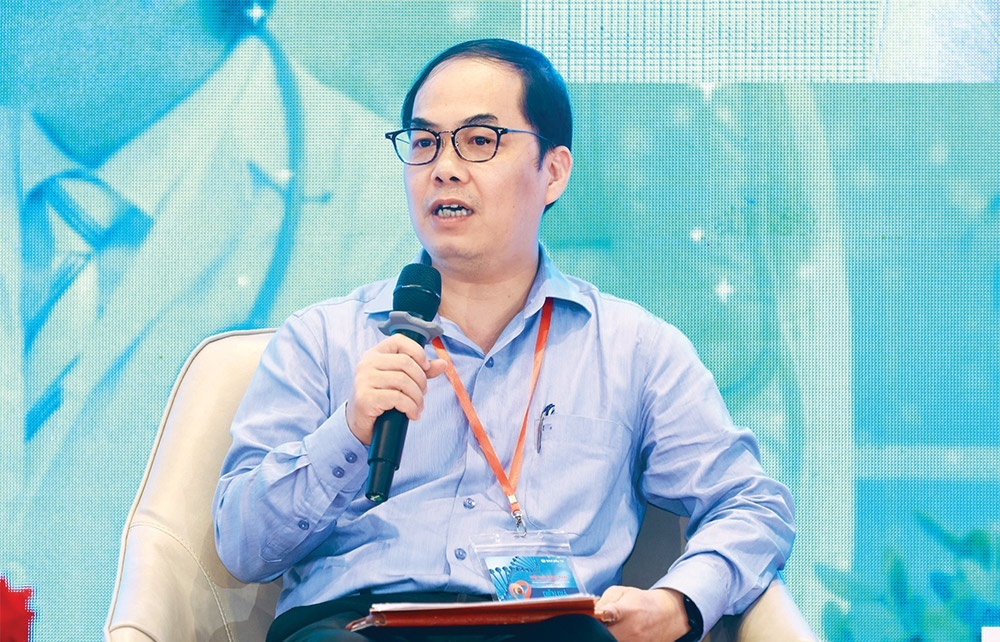



 Mobile Version
Mobile Version